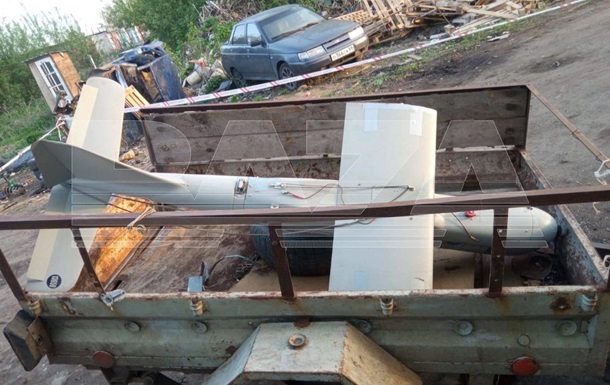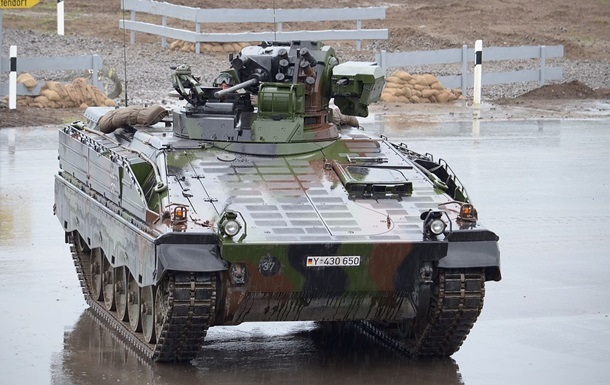1. A little about embroidery.
Recently, such a type of needlework as embroidery began to gain more popularity, especially after they appeared on sale наборы для вышивый Мережка at Murkiny Kokodelky. There are a huge number of different embroidery techniques:
• Cross stitch;
• Smooth embroidery;
• Embroidery with beads;
• Tapestry embroidery;
• Carpet embroidery.
This article will provide a description of tapestry stitch embroidery. This type of embroidery ranks second after the cross stitch, which is so popular today. The techniques of their implementation are almost similar, but the tapestry seam is easier and faster, especially if you purchase a set for embroidery in https://rukodelki.com.ua/584-nitki-dlya-vyshivaniya. One of the types of this technique is often called a "half-cross" in common people, but in fact it is wrong, since the half-cross is performed in a slightly different way.
2. Rules for performing the "simple seam" technique.
By itself, the tapestry seam always turns out to be very dense and thick, so it is recommended to use a very dense fabric and canvas to perform works in this technique. Beginner needlewomen are recommended to purchase special embroidery kits, which are now plentiful in online stores.
Today, the two most popular types of tapestry seam are used:
• Standard seam;
• Seam loops.
If for the first one you can simply use a dense canvas and an embroidery needle (with a blunt end and a wide eye), then for the second type of seam you will need a special tapestry needle and a coarse, loose fabric. At the same time, in both cases, a very thick thread is used (wool or muline, folded 7-10 times). You can also use other types of threads, for example, acrylic, also folded several times, so that the thickness of the thread in total is 3-5 mm.
At the beginning of the work, it is necessary to thread the needle and thread into the upper right corner of the square (it is more convenient to embroider first on the canvas, if you have little experience, and then move on to the fabric). It is necessary to sew from left to right. We pull out the needle from the lower left corner. In this way, an oblique tapestry stitch is obtained. So that the threads and knots do not stick out from below, it is necessary to pass the remaining tail on the wrong side under the threads of the stitches from below. All subsequent stitches are performed in the same order. When moving to the next row, so that there are fewer loops, the embroidery can be continued in the direction from right to left. At the same time, it is always necessary to observe the rule of execution of the path from top to bottom. The wrong side of the product will look the same, only the stitches will be in the opposite direction.
3. The "loop seam" technique.
When performing this technique, the stitches will look like flower petals. Here you will need a special tapestry needle with a slot in the middle and a very wide hole for the thread. The thread is inserted into the round hole, a knot is made at the tip. The second end of the thread is inserted into the eye of the needle. The needle is inserted into the fabric to a special "foot", the knot is attached to the fabric from the wrong side, and a loop is formed on the front side. We carefully insert the needle next to the first loop so that the first loop does not collapse. We continue like this until the end, inserting the needle as close as possible. The loops should be approximately the same size. Fasten the thread with a knot. The work embroidered in this way looks like a small rug. And if you use a combination of a simple seam and the loop seam technique, then the work looks voluminous, and a 3D effect is obtained. For example, the house can be embroidered using a simple stitch technique, and the grass in the foreground - with a loop. Nice job!


 508
508












